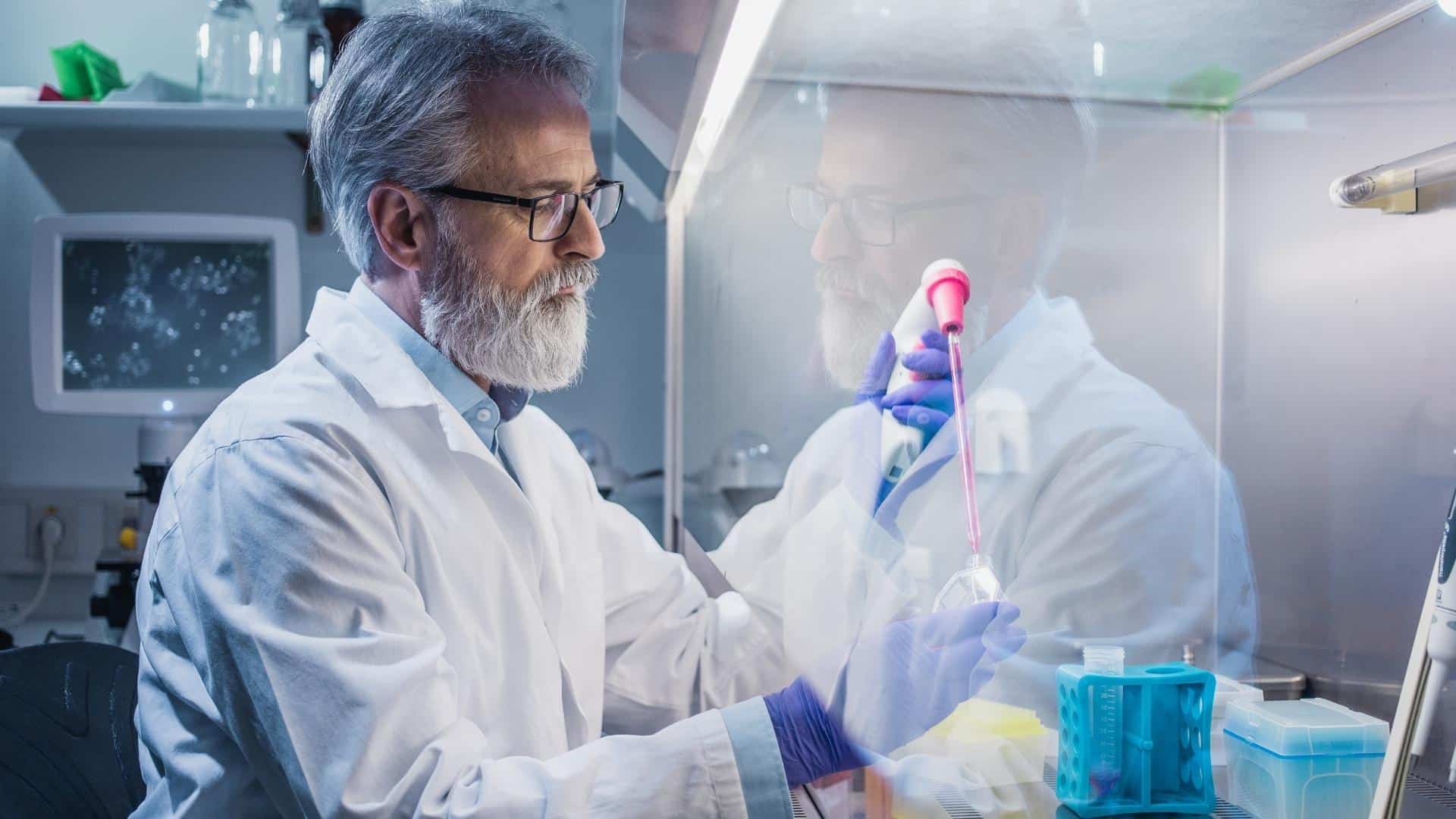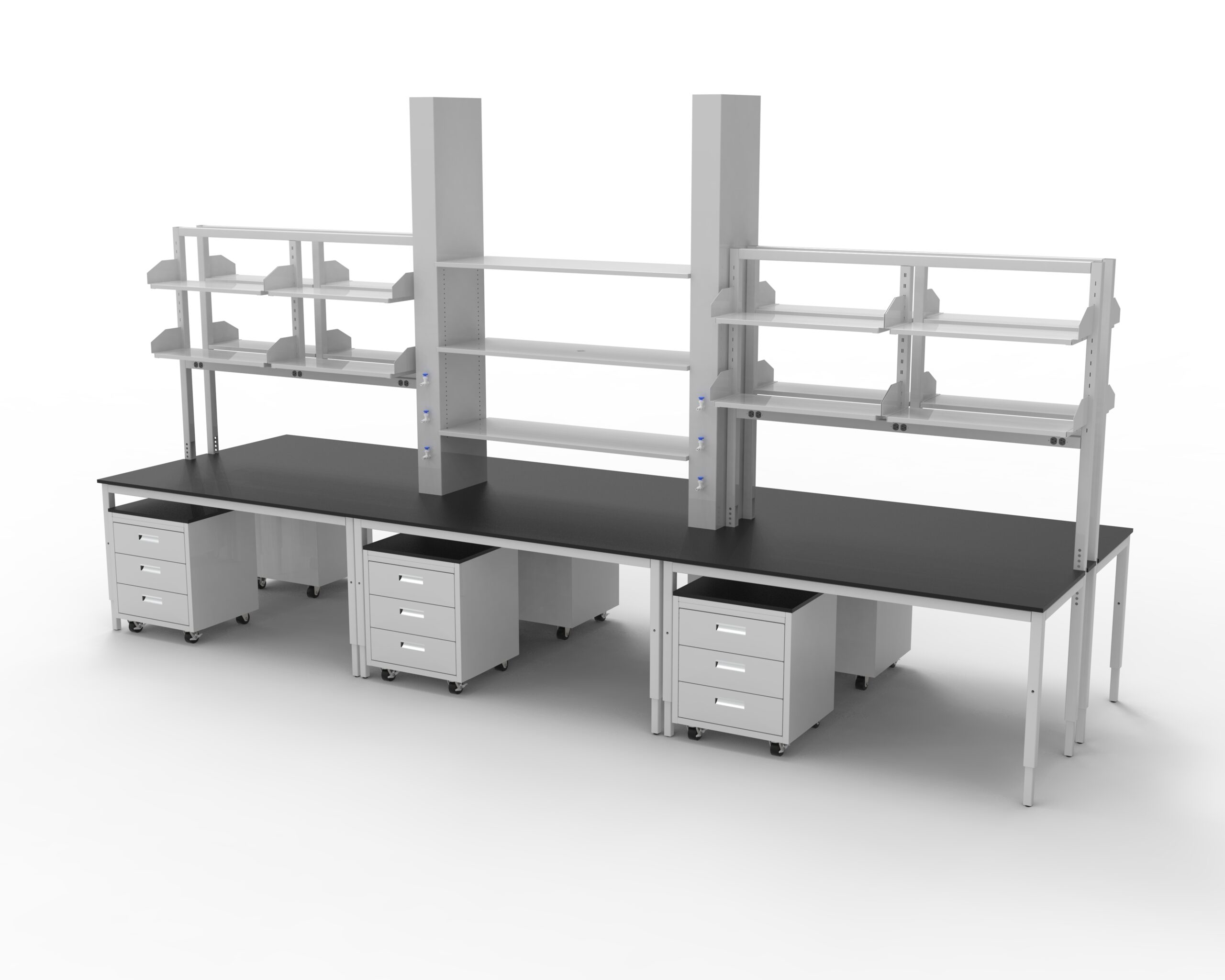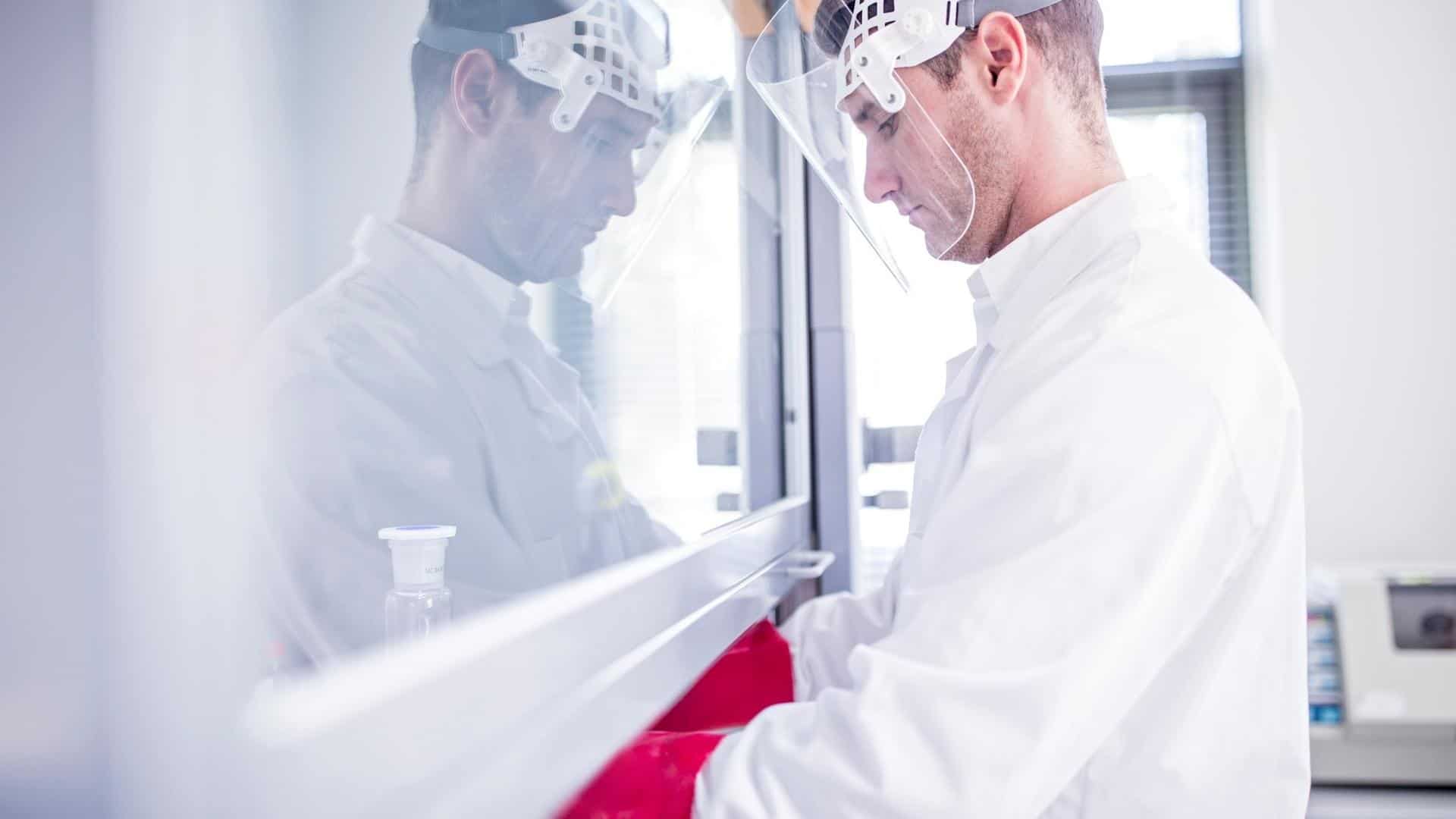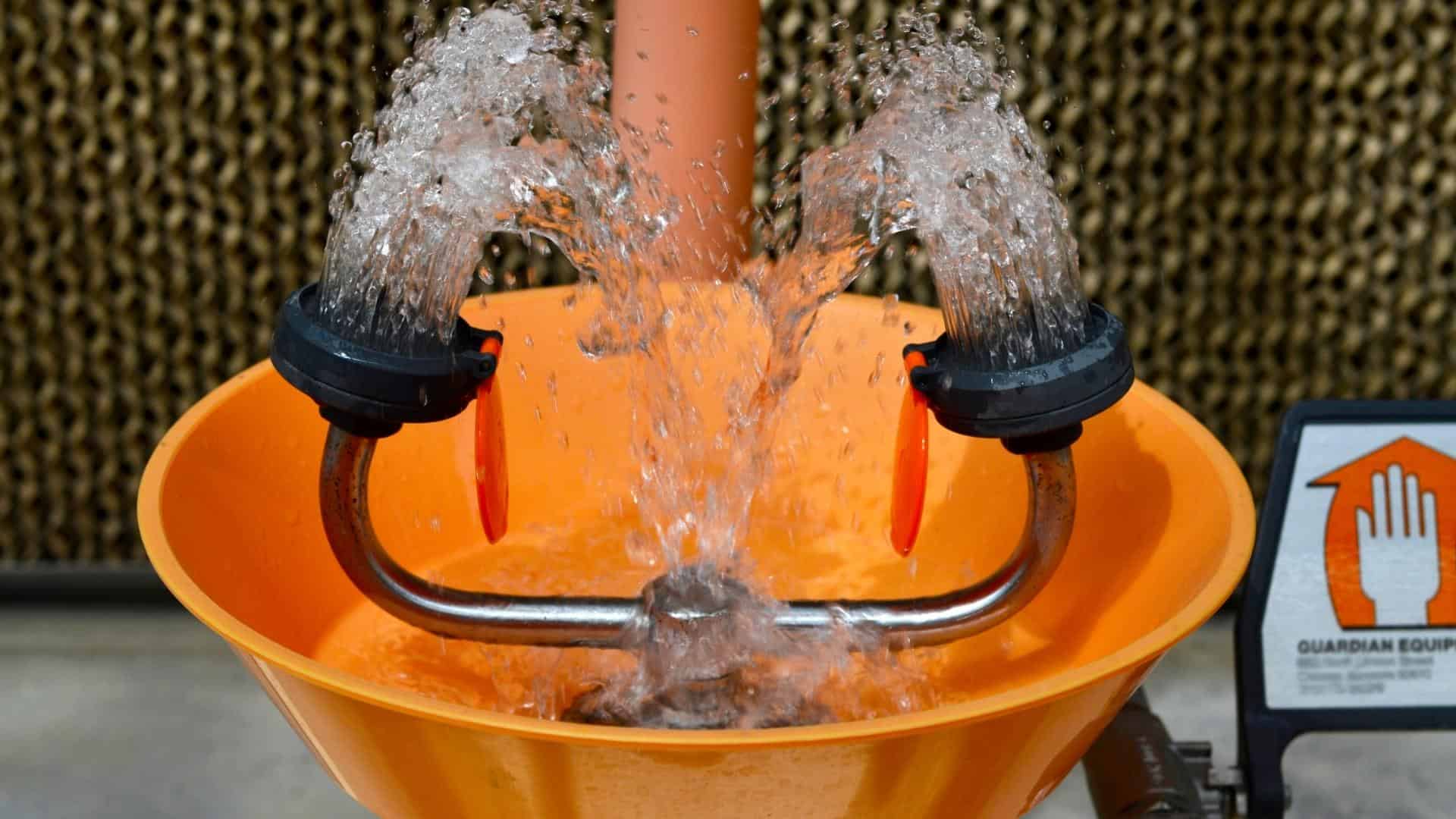Fume Hood Cleaning And Maintenance
Like any piece of lab equipment, fume hoods require regular maintenance to keep them in good condition. However, it’s particularly important to maintain your fume hood properly because it exhausts harmful chemicals and toxins out of the laboratory. A damaged or malfunctioning fume hood could create a serious laboratory hazard.
At iQ Labs, our fume hoods have been known to last 35 years. We offer a 10-year warranty to ensure our customers get the best value from their purchase. Even after 10 years, we often support previous customers if their fume hood requires a simple repair to maintain its certification.
Fume Hood Cleaning Checklist
Before you start cleaning your fume hood, make sure to check the following:
- Type of fume hood: Ductless fume hoods require specific filters so they can safely remove toxins before recirculating clean air back into the lab. Make sure you’re using the right filter for the chemicals you intend to use within the fume hood. If you have a ducted fume hood, you don’t have to worry about filters because it will exhaust harmful fumes through the duct and out of the laboratory completely.
- Previous uses: What sort of chemicals were last used in the fume hood? Make sure to use cleaning solutions that won’t react to any lingering chemicals. Typically, mild soap and water is the safest option. Test your cleaning products on a small portion of the fume hood first to make sure there won’t be any damaging reactions.
- Variety of use: If you’re using a fume hood for the same processes on a regular basis, you may be able to go a long time between cleanings. However, if you’re using your fume hood for a variety of processes, you may need to clean it before you change processes.
- Frequency of use: If you use a fume hood on a regular basis, you may want to develop a regular cleaning schedule to keep it in good condition. Additionally, if your fume hood is used sparingly, it may be a good idea to clean it immediately afterward so you don’t forget the chemicals that were used and how that may inform your cleaning process.
- Type of chemicals: Certain chemicals may be dangerous if residue is left in a fume hood. Perchloric acid fume hoods, for example, come with a washdown system to prevent acids from drying and potentially exploding.
- Stain capability: Although stains typically won’t hurt a fume hood, it’s always nice to have your laboratory equipment look as good as it functions. Certain processes conducted in a fume hood can leave residue that stains, such as soot. Clean up after particularly messy experiments so you can keep your fume hood in good condition.
How Often Should You Clean Your Fume Hood?
Frequency of cleaning depends on the type of fume hood you have, the chemicals you’re using, and the processes you’re conducting. Typical ducted fume hoods used for the same process with low-risk chemicals can go months without a deep clean. Specialized fume hoods used for dangerous or varied processes and chemicals may require cleaning after every use.
Fume Hood Maintenance Checklist
While cleaning varies depending on multiple factors, fume hood maintenance is fairly standardized. It’s important to make sure your fume hood is working correctly in order to keep you and others in your lab safe.
How Often Should You Inspect Your Fume Hood?
Visually inspect your fume hood prior to every use. Check that the baffles are clear, as well as the rest of the workstation. Clutter can disrupt your airflow.
All fume hoods are required to undergo annual inspections to maintain their certification. Industrial hygienists will inspect your fume hood to make sure it is still working properly. Typically, nearly one in three fume hoods fail annual inspection, requiring repair or replacement.
How to Test Your Fume Hood
You should always test your fume hood before every use. To test your fume hood, make sure to:
- Check that the exhaust is working
- Ensure the airflow at the face is within the proper range
- Clear the baffles and surrounding area
If your fume hood is not performing to usual standards or appears to be malfunctioning, turn off all power to the fume hood, lower the sash completely, and leave the area immediately.
Follow Best Practices
Follow safety guidelines to reduce the risk of contamination, explosion, or other dangers. By following safety protocols, you’ll protect not only yourself and your labmates, but also the fume hood, ensuring it will last as long as possible. Make sure to:
- Practice closing the sash: You’ll need to close the sash completely in case of emergency. Practicing ensures you’ll know how to do so if the situation ever calls for it.
- Avoid leaning on the fume hood: Leaning on the fume hood damages the airfoil and obstructs airflow.
- Use monitoring tools: Airflow monitors and other safety accessories ensure a safe experience.
- Avoid using the fume hood for storage: Objects stored in the fume hood may block airflow or become contaminated. Never use the fume hood for storage, even when it is not in use.
What If Your Fume Hood Is Broken?
Broken fume hoods require repair or replacement. If you need to repair a specific, known part of your fume hood, our team at iQ Labs may be able to provide a replacement part and instructions for installation. Although we don’t provide on-site installation, we work with a variety of partners throughout the country who may be able to help with more intensive repair jobs. Sometimes, it’s more cost effective to replace a fume hood than to repair one. If you’re in the market for a new fume hood, iQ Labs can help. We offer state-of-the-art fume hoods with a 10-year warranty and a lifetime guarantee of excellent customer service. Contact us today to get started on a quote.




